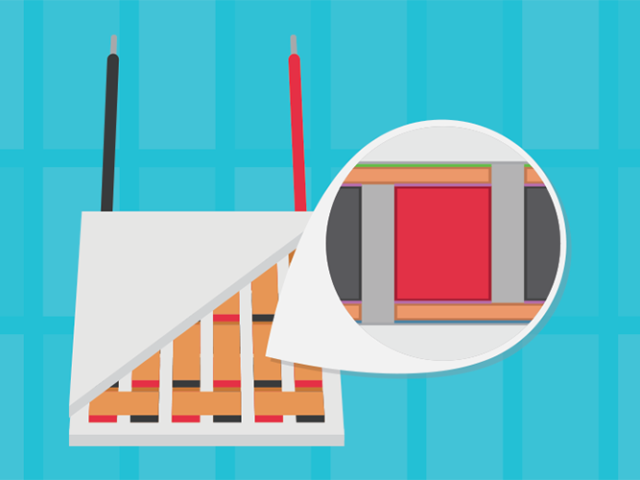Writing a successful engineering project write-up at the university level requires a structured approach, blending the technical detail you have learned with clear, accessible language. This guide outlines the key steps involved, offering examples to illuminate each stage of the process.
Understanding the project brief and audience
The first step in crafting your engineering write-up is to deeply understand your project’s objectives. For example, if your project involves designing an energy-efficient cooling system for electronics, you need to clearly define the goals: reducing energy consumption, minimising the physical size, or perhaps optimising cost-efficiency.
Equally important is recognising your audience. Your readers are likely to be your professors and fellow students in engineering. They expect a certain level of technical detail but also appreciate clarity and conciseness. Your writing should therefore be technically accurate yet devoid of unnecessary jargon.
Conducting thorough research
Research is a cornerstone of your engineering project. Start with a literature review to position your work within the existing body of knowledge. For instance, if your project is about a new type of drone propulsion system, you should review current drone technologies, focusing on their propulsion mechanisms and the pros and cons of each.
Document every stage of your research process, including both successful experiments and those that didn’t yield the expected results. This comprehensive approach demonstrates a thorough understanding of the subject matter and an honest evaluation of your project’s development.
Detailing project planning and execution
When discussing the methodology, be explicit about the processes and technologies used. If your engineering project involves developing a new software tool for engineering simulations, describe the programming languages, algorithms, and testing procedures you employed. Explain why you chose these methods and how they align with your project objectives.
Challenges are inevitable in any engineering project. Detail these challenges and how you addressed them. For instance, if you encountered performance issues with your software tool, explain how you optimised the code or altered the algorithm to overcome these hurdles.
Writing the project write-up
The introduction of your write-up should set the stage. Explain the problem your engineering project addresses, its significance, and your specific objectives. Continuing with the software tool example, you might start by discussing the limitations of existing simulation tools and how your project aims to overcome these limitations.
In the body of your write-up, provide detailed technical descriptions. For instance, if your project involves building a robotic arm, describe the design process, the materials used, the control mechanisms, and the testing protocols. Use diagrams and figures where appropriate to enhance clarity.
In the conclusion, summarise your key findings and their implications. Suggest potential areas for future research or development. For instance, if your robotic arm could be improved with more advanced materials, mention this as a possible direction for further study.
Revising and finalising your write-up
Finally, revision and proofreading are critical. Ensure your engineering write-up is free of errors and clearly conveys your project’s work and achievements. It can be beneficial to seek feedback from peers or mentors and incorporate their suggestions to enhance the quality of your write-up.
By following these guidelines and tailoring your write-up to your specific project, you can effectively communicate the value and insights of your engineering project to an academic audience.




